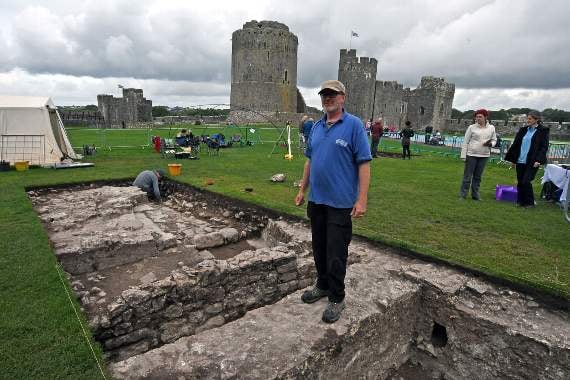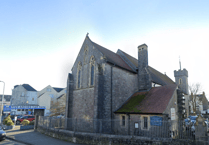An archaeological dig at Pembroke Castle is believed to have uncovered the most ‘logical birthplace’ of King Henry VII - the founder of the Tudor Dynasty.
The first archaeological dig for over 70 years has been taking place at the castle this month, after the Castle Studies Trust awarded a grant to historian, Neil Ludlow, and Dyfed Archaeological Trust to excavate an area of the grounds where it was believed a building dating back to the Tudor era once stood.
Tantalising glimpses of what lies beneath the surface were revealed in aerial photographs in 2013, with parch marks revealing the outline of a possible late medieval double-winged hall house.
This was further confirmed by geophysical surveys carried out by Dyfed Archaeological Trust, funded by the Castle Studies Trust, in 2016.
Under the guidance of well-known castle expert Neil Ludlow, Dyfed Archaeological Trust put in two trenches to understand more about the form, date, context and function of the remains.
Dig supervisor James Meek said that if the building was there in the 1450s it would be logical for it to be the place of Henry VII’s birth, but it’s not something that they will ever be able to prove beyond ‘a shadow of a doubt’.
“Once we have got all the research done on the pottery we will be able to see whether it came from the right period,” he said.
“It is definitely a high-status building, if it was standing there at the time then it is more likely that it is the building.”
“What makes this building so interesting, is that you don’t often get this high-status building built separately from the walls, it is very rare.
“The staff at the castle have been so helpful, the volunteers were excellent and the amount of interest from visitors was fantastic,” he added.
The trust will now go through its findings, with the aim of having a report ready by the end of the year.
Pics. Martin Cavaney





Comments
This article has no comments yet. Be the first to leave a comment.